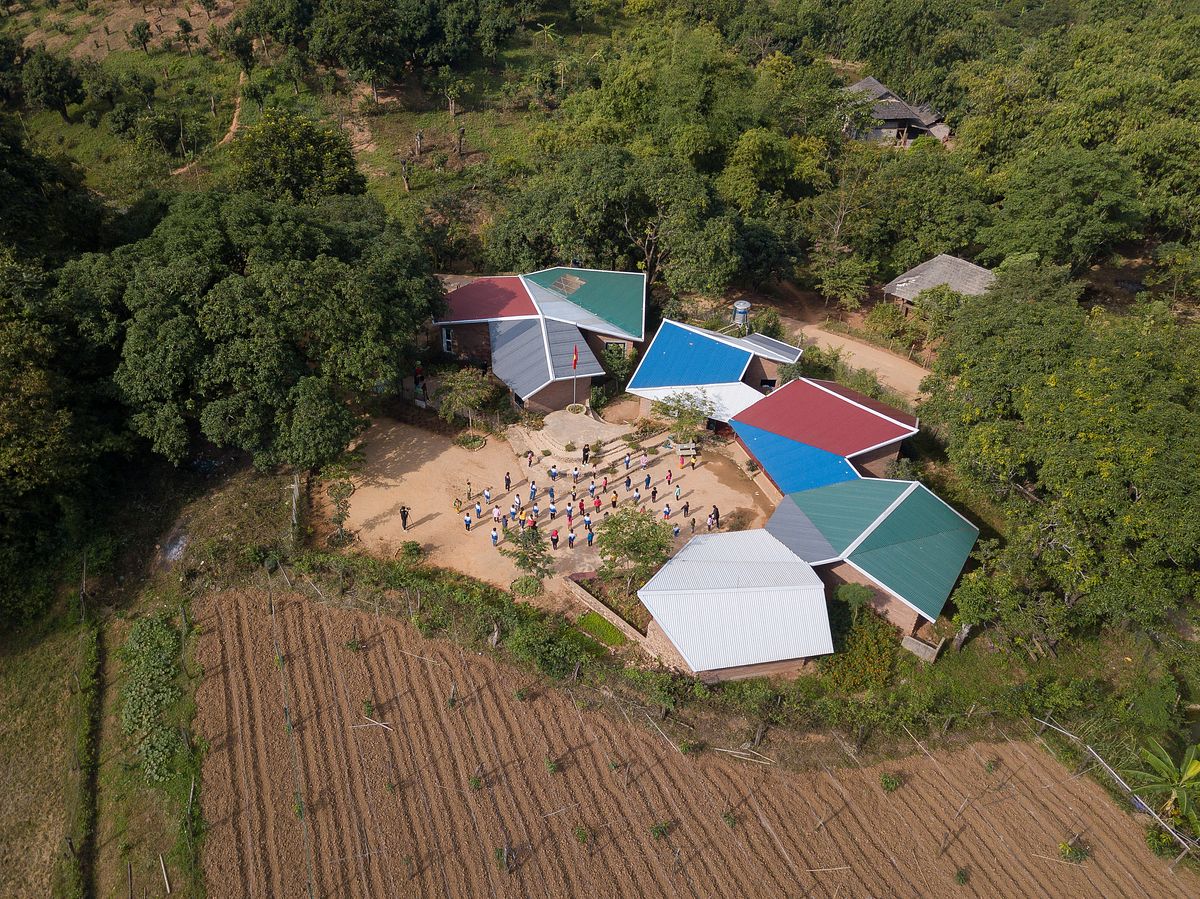It's a flower's imperfections that make it beautiful.
Like hill slopes and mountain peaks, a petal's asymmetrical angles and a leaf's off-kilter stretching attracts one's eyes. With these natural elements serving as design inspiration, Nà Khoang Primary School reflects and provides for a community's discordant rhythms.
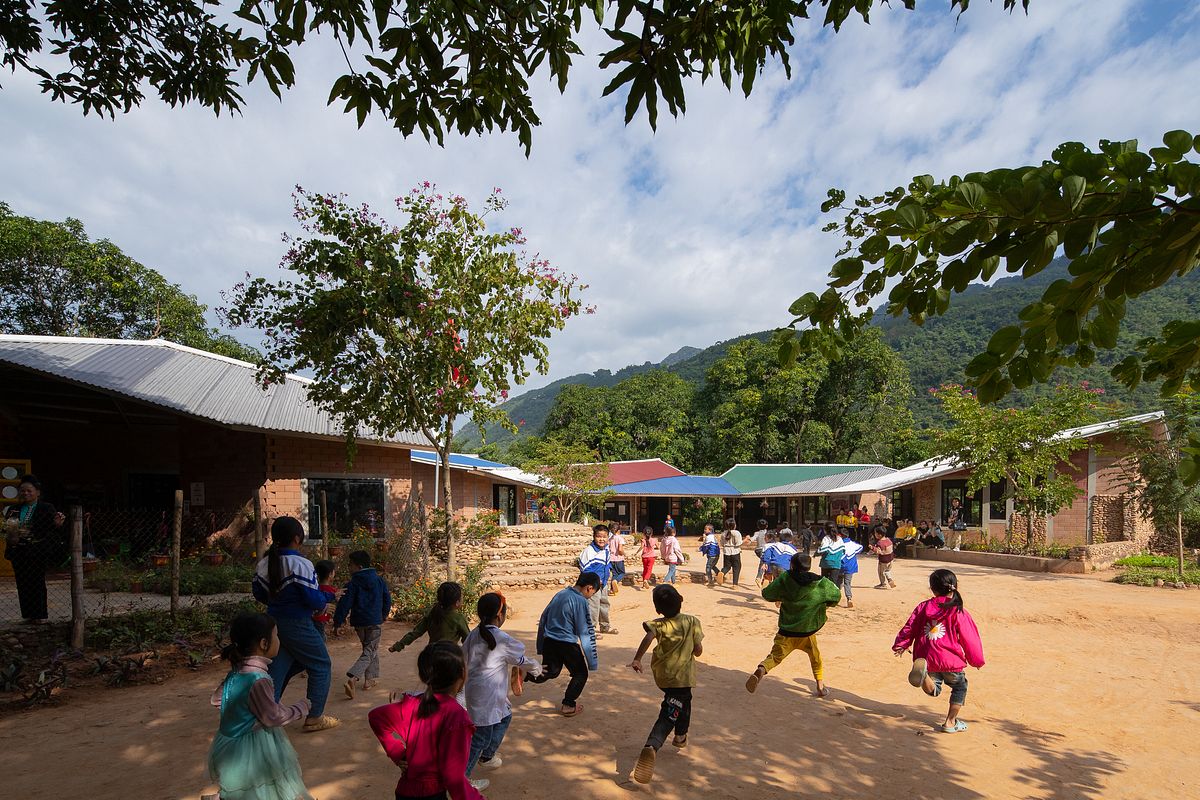

Hanoi-based 1+1>2 Architects sought to design not just a home for young learners, but a gathering place for the Thái ethnic minority group in Sơn La Province. The large courtyard that the buildings circle can host cultural events, meetings, sports and events outside of school hours.


The terraced fields in the distance enjamb the angular roofs that cover the cluster of classrooms and tile-floor corridors. The multi-colored metal roofs juxtaposed by the brick walls and cleared ground surrounding the primary and kindergarten areas call to mind a patch of wildflowers sprouting naturally in a field.
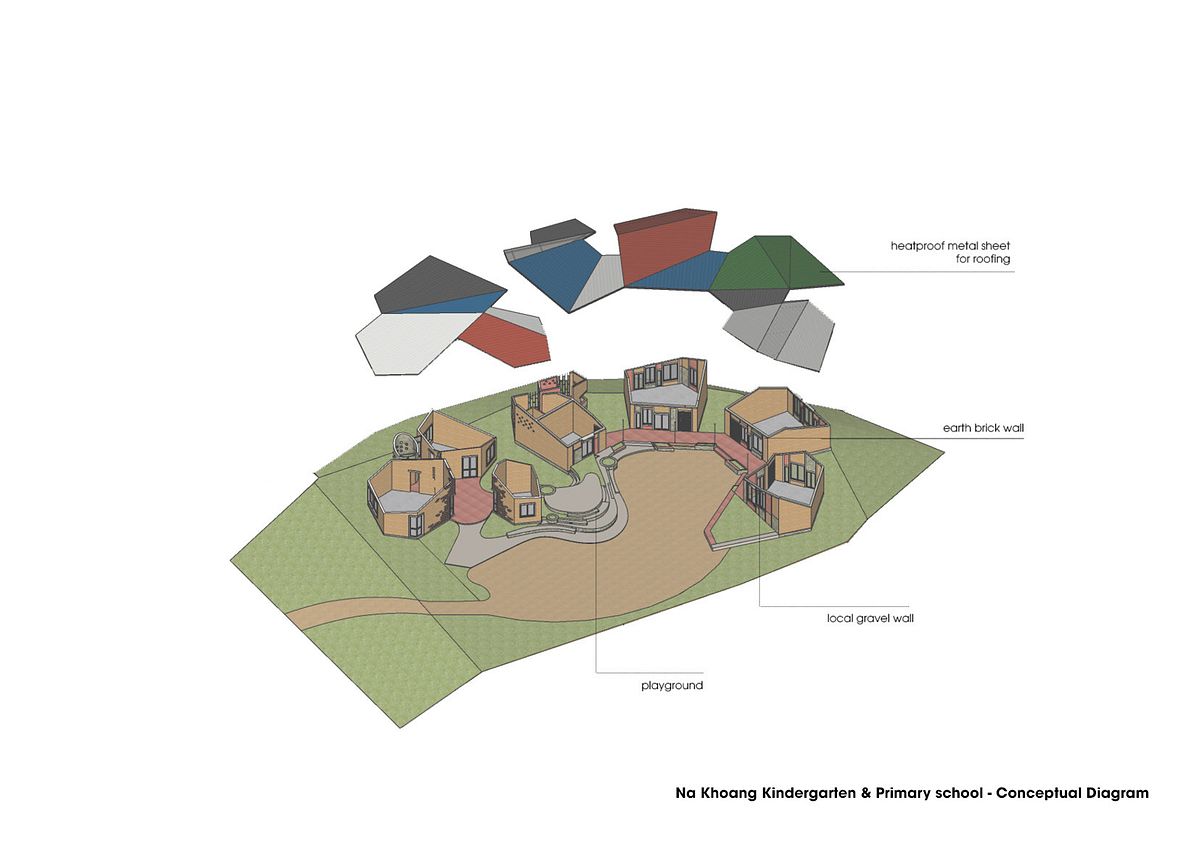
The mountainous village is warm in the summer and cold in the winter, necessitating the school be able to keep students both cool and warm, depending on the season. Ventilation spaces in the corridors and walls invite cooling breezes while the thick, heat-absorbing bricks help keep the rooms cozy when the temperatures drop.
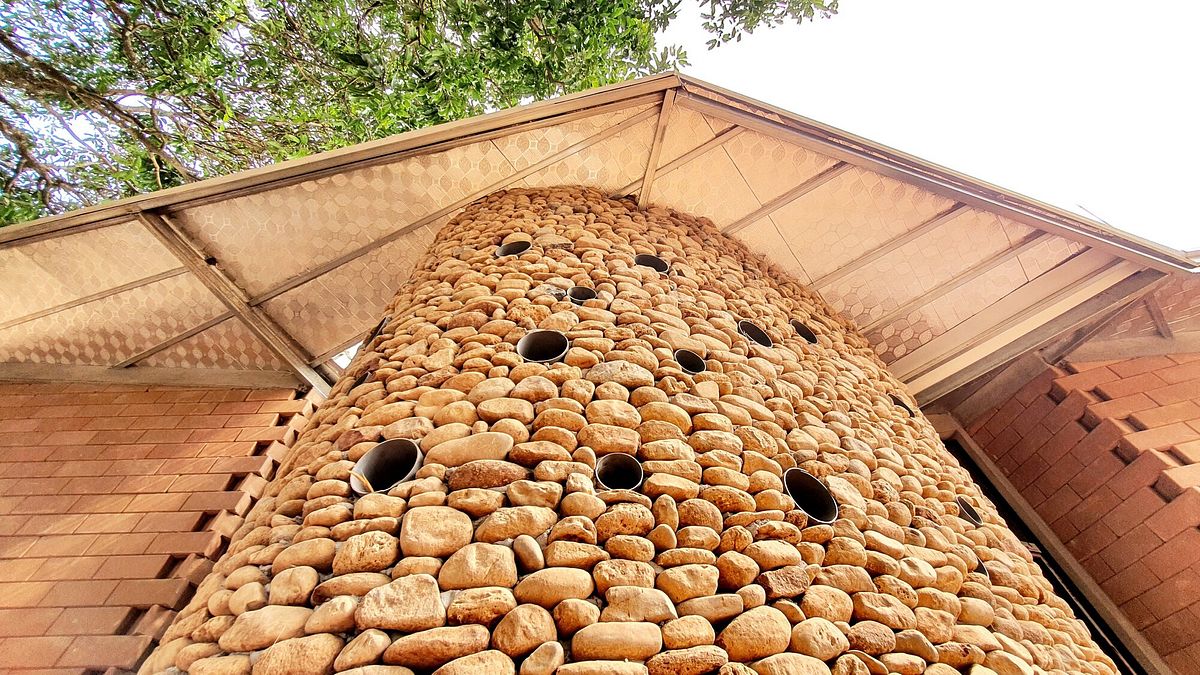
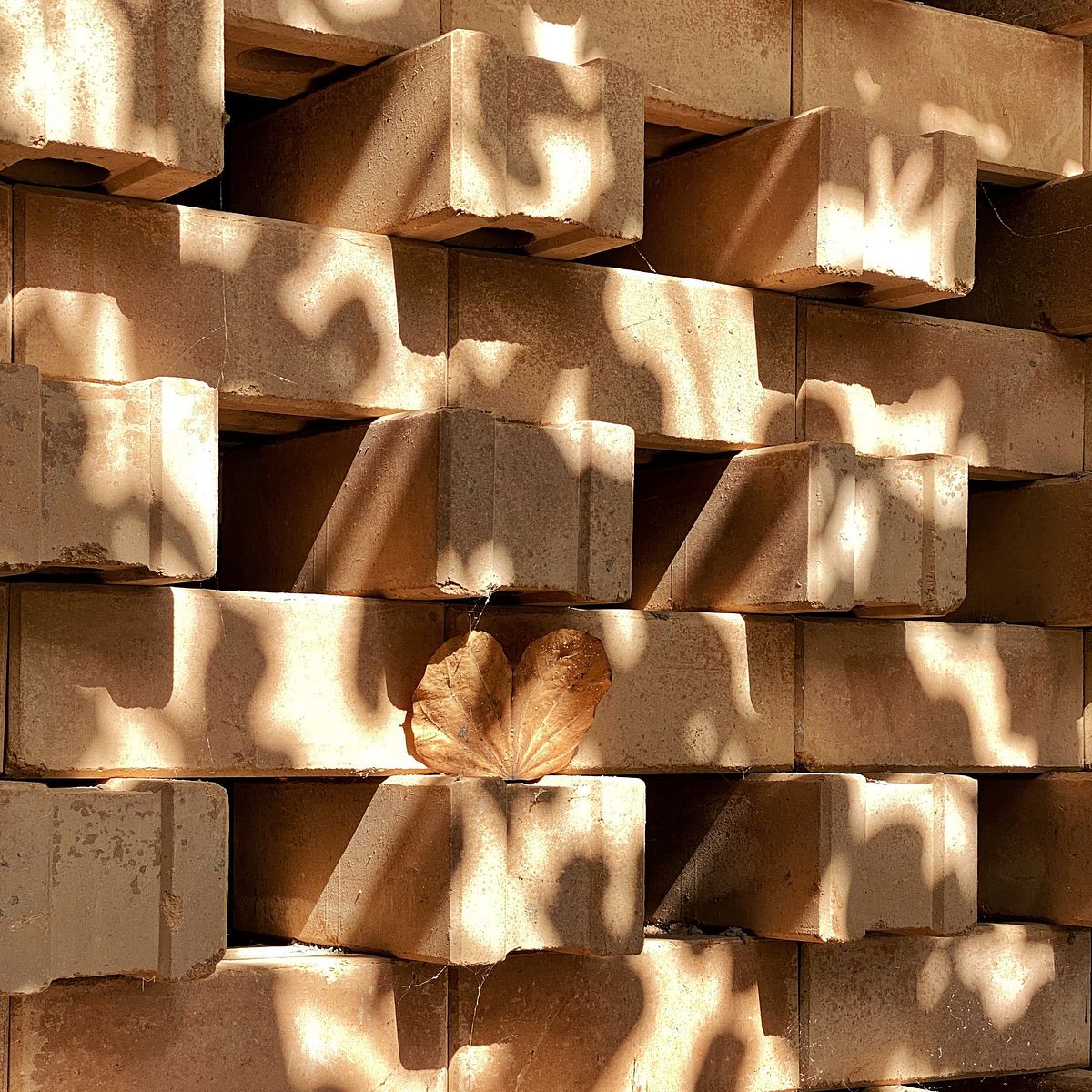
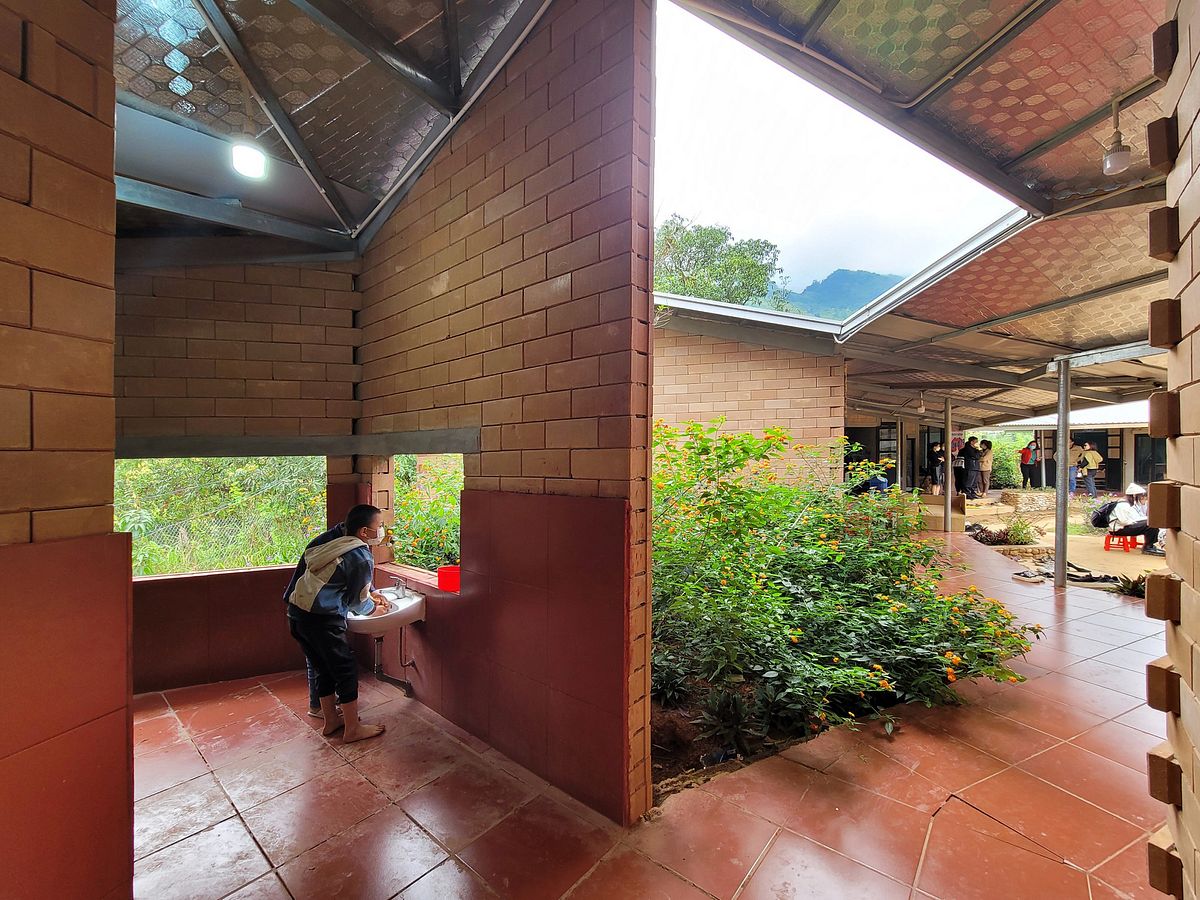
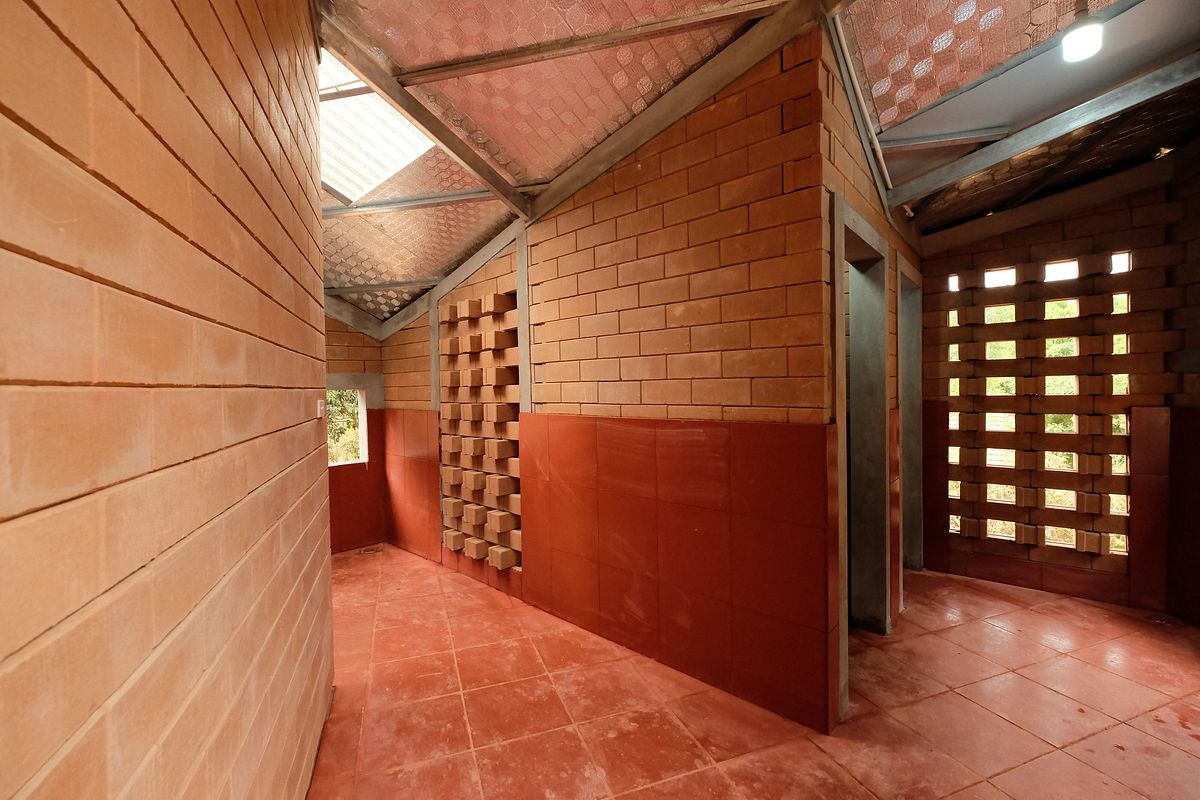
Soil from the foundation was used to create the unburnt terracotta bricks on-site. Community members collected pebbles and gravel from a nearby stream to assist in the construction. Such a process not only improved the project's overall sustainability, but helped keep building costs reasonable.
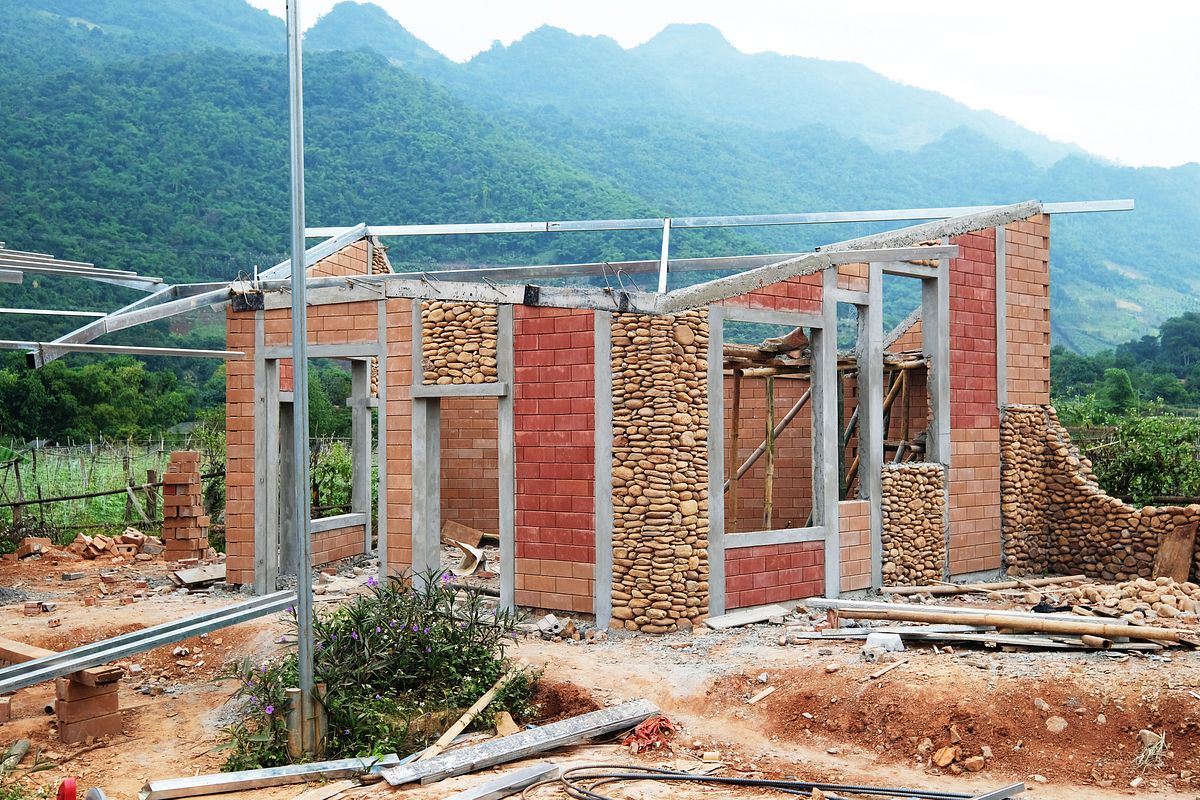
Children should not view learning as an activity that starts and stops at the school walls in the same way a flower does not grow independent of the natural world around it. Nà Khoang school embraces this concept with a design and construction involving the entire community and an aesthetic that blends in with the surrounding fields and forests.
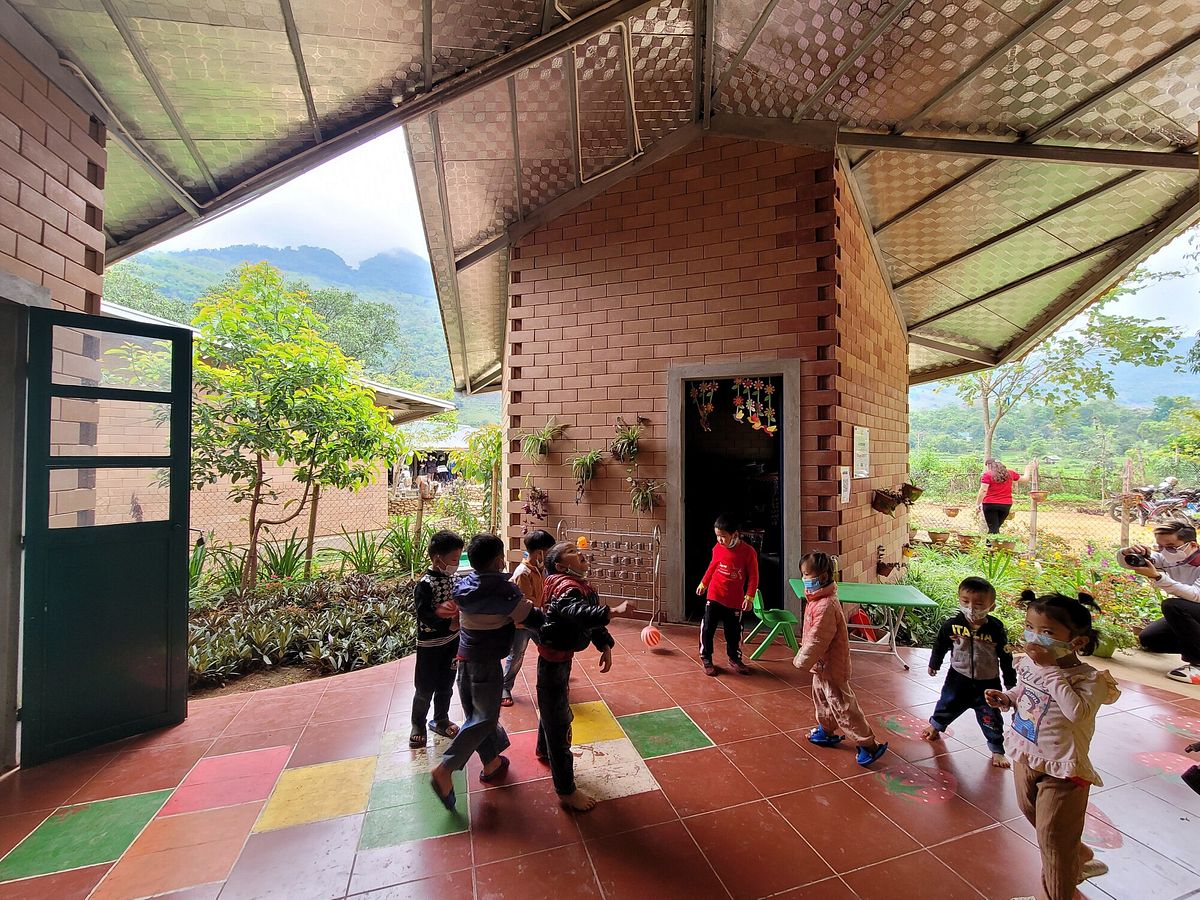
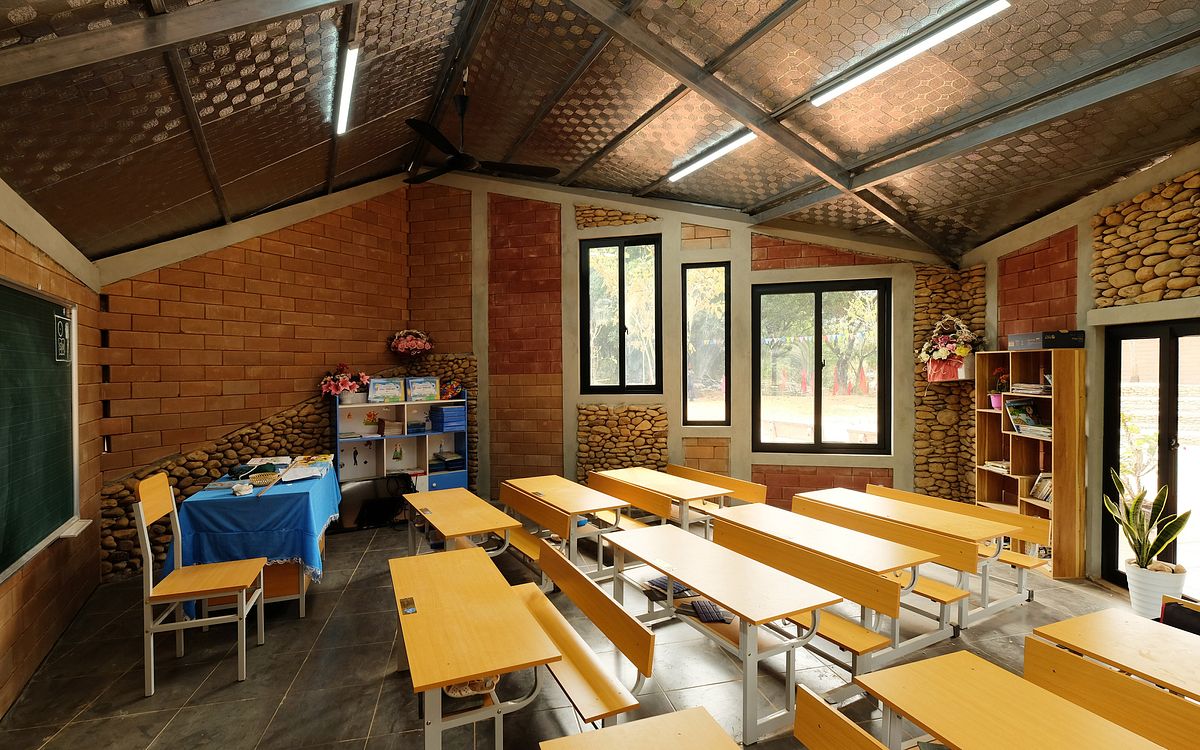
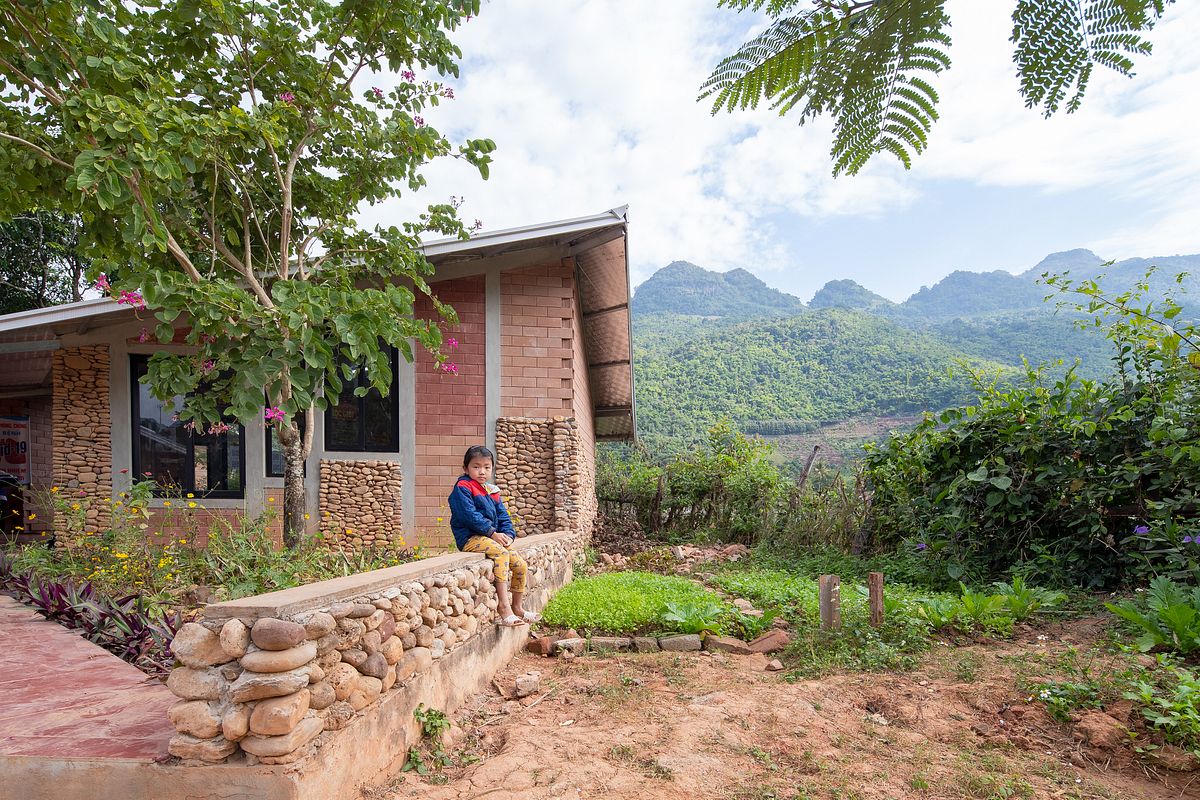
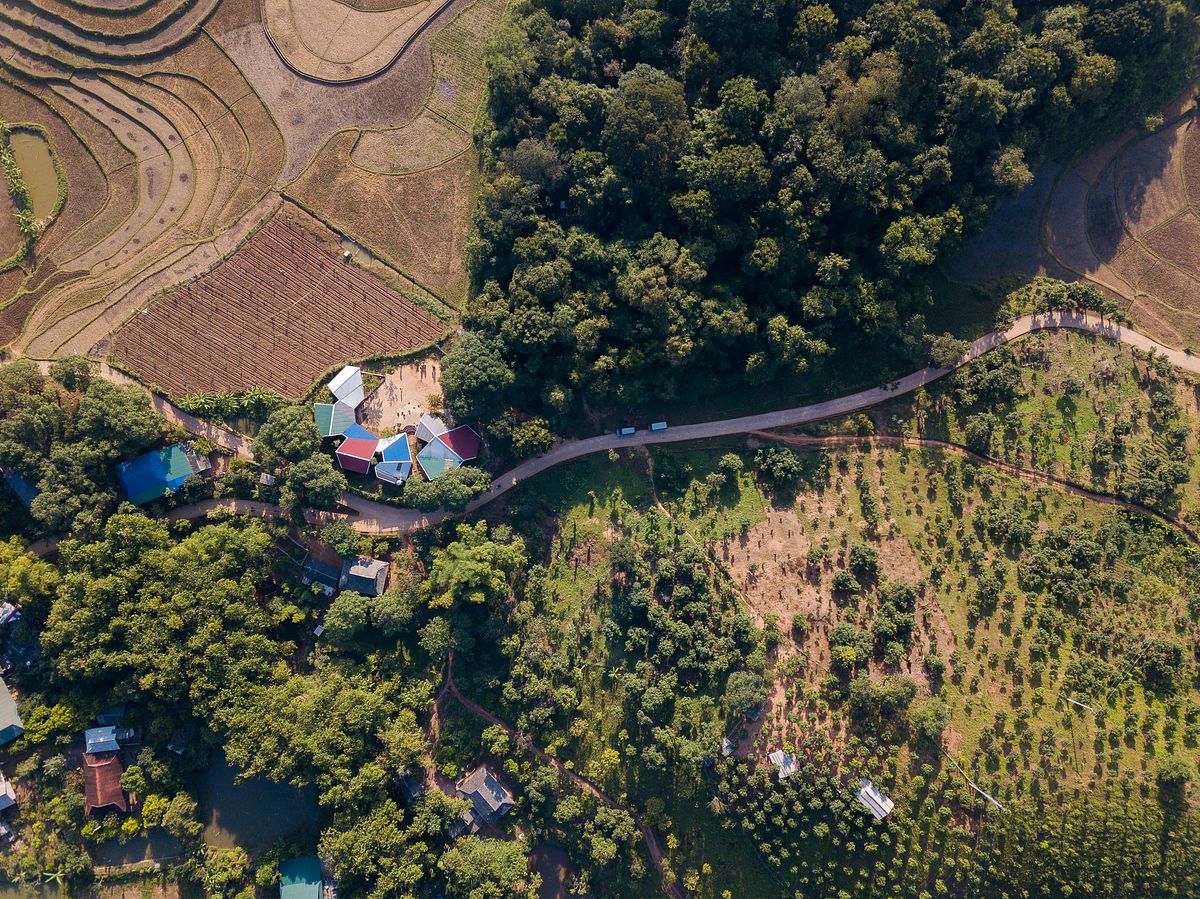
[Photos by Trieu Chien and Son Vu via ArchDaily]

